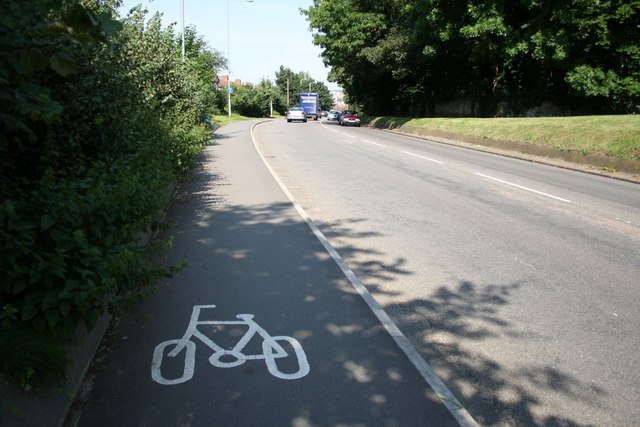The recent UKELA South West region seminar hosted by the Cabot Institute provided an ideal opportunity for a rational discussion of both the technical aspects of fracking (courtesy of Professor Mike Kendall) and its legal implications in the UK (courtesy of James Taylor of Simmons and Simmons).
With CO2 emissions from gas combustion around 50% lower than that of coal the move to gas as a transition fuel evidently holds appeal. US shale gas production has been praised for its contribution to the fall in US CO2 levels which have reduced back to those seen in 1990. However as was highlighted during the talk, the current availability and low cost of coal presents a problem in incentivising this move. More importantly however, it presents a potentially significant problem for global emission levels. If the UK replaces its coal supply with gas and displaces this coal onto the global market, total emissions will increase with the existing coal and a new gas supply both being burnt.
The appeal of shale gas is not solely confined to its potential in reducing UK emissions however. Energy security is proving to be a driving factor with the Bowland shale basin alone (in Northern England) thought to contain at least 40-60 years worth of the UK’s gas supply. Although unlikely to lower gas prices in the UK, this could significantly reduce our dependency on foreign gas suppliers.
.jpg/800px-Gas_well_(5910119972).jpg) |
| Gas well. Image credit: Jerry Dincher |
When considering the technique of fracking itself Prof. Kendall emphasised the importance of well design and integrity in ensuring water contamination risks are reduced. With wells connecting the shale gas layer, found at depths of around 2500km, to the surface this casing and its integrity are crucial. In addition monitoring of fractures to date has shown that they remain at levels far below those of aquifers and as such are unlikely to prove a problem in relation to water contamination, particularly as the technology exists to monitor the height and direction of these fractures. The treatment and disposal of wastewater was however highlighted as an area which will need to see innovation and clearer regulation as to how such fluids can be disposed of or re-used if a shale gas industry is to develop here in the UK.
James Taylor confirmed that whilst regulations governing conventional oil and gas extraction (that do not use hydraulic fracturing) are applicable to shale gas and fracking there are a number of problems at present. The absence of a single point of control was emphasised, with Department of Energy and Climate Change, Environment Agency, Health and Safety Executive and Local Councils all playing a regulatory role. Other issues with the current system were highlighted through the absence of a compulsory Environmental Impact Assessment for shale gas operations (sites usually falling short of the 1 hectare threshold) and through the absence of a compulsory groundwater or flaring permit (both being assessed on a site by site basis.)
In addition the heavy influence of economic factors in both the planning guidance applicable to onshore oil and gas as well as within the National Planning Policy Framework were highlighted. The increased impact of such considerations should s58 of the Draft Deregulation Bill come into effect with its duty to promote economic growth when exercising regulatory functions was also raised. With local councils’ set to retain 100% of business rates from shale gas sites in their area the impact of economics on decisions was further brought into question.
 |
| Image credit: Libdemvoice |
With shale gas promising a potentially valuable transition fuel it was clear from the talks that there is a need to ensure that the technique of fracking is carefully conducted in order to reduce the risk of damage and that this needs to be done under a robust and clear regulatory system. The need for transparent and upfront regulators who consider the arguments and concerns relating to both sides of the shale gas debate was also emphasised. This is of particular importance in light of the current shale gas promotion in the UK. Regulatory reforms such as the proposed removal of subsurface trespass (bypassing issues of obtaining landowner consent) in the next Infrastructure Bill evidences the presumption that at present shale gas is good for the UK and should be facilitated.
One of the key themes that emerged from both talks was that although the debate on fracking is often defined in technical terms the key factors proving influential at present are those of geopolitics and public perceptions. Emphasis was placed on the need for early public engagement and the need to tackle the continued polarization of what is an already controversial issue. It is clear that fracking and onshore oil and gas extraction is a complex topic, technically, politically and socially. Although complex, it is crucial that the issues associated with fracking are discussed. Talks such as this UKELA event are central to doing so and for allowing rational and informed debate on an important topic.
|
Joanne Hawkins,
University of Bristol
|





